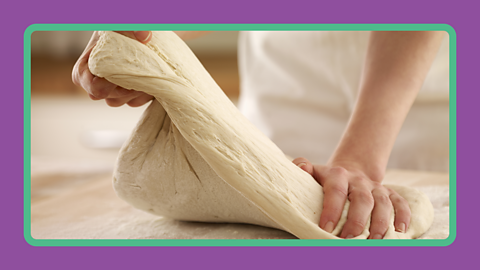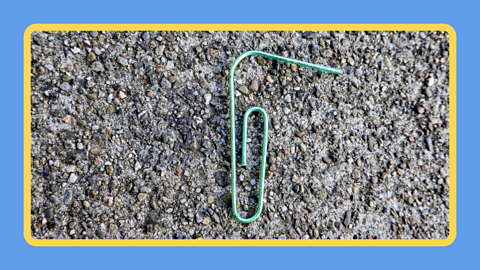
How to change the shape of a material
Materials don't just have a fixed shape, they can change.
It's possible to change the shape of some materials by doing the following actions:
squash it
twist it
bend it
stretch it

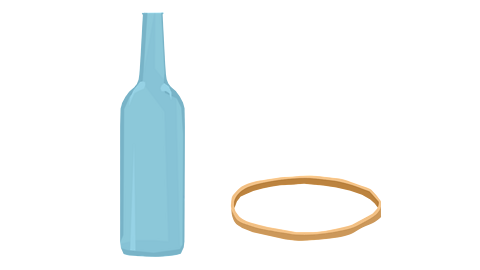
Materials like glass need to be heated to help them change shape.
Other materials don't need to be heated, they just need force.
Some materials return to the shape they were after being stretched. We call these materials elastic, like rubber bands.

Watch: Different materials changing shape
Here's what you need to know about pushing, pulling, bending and stretching materials.
You can change the shape of some materials like Plasticine.
You can push it. Pull it. Bend it. Stretch it.
And when you do it stays that shape, but not all materials keep their new shape for long.
Some spring back to their original shape like springs, sponges and elastic bands.
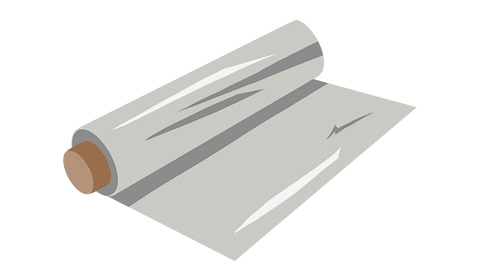
Marvellous material facts
Glass is made from sand heated to a very high temperature.
The wings of an aeroplane are made to be flexible, they can bend as much as 17 feet.
Plastic sponges, which we use for cleaning and can be squashed, are man-made reproductions of the animal, the sea sponge.
A spider's silk is the stretchiest natural material on Earth.
Cars use metal springs to cushion the impact of the wheels on the road.
Metals like aluminium are easy to recycle which means we can use the material from old food and drink cans to make new ones.
Tin foil, which is both durable and flexible, was invented in 1910 to package food.
Hot air balloons change shape as they fill up with air, once the air is heated the balloon rises and can travel through the air.

Changing the shape of materials
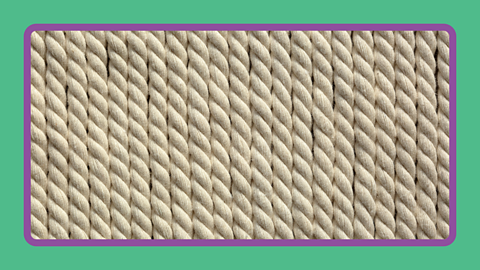
Image caption, Rope
Rope is made of intertwined string and fabric, it's flexible but durable and strong when the strands are woven together.
1 of 4

Did you know?
When lightning strikes sand, it can naturally create glass due to its high temperature.

Important words
Bend – To shape or force something into a curve, like a paper clip.
Durable – A material that is strong and difficult to damage, like stone.
Elastic – A material that returns to the shape it was after being stretched, like an elastic band.
Flexible – A material that can be moved and bent easily.
Force – Use of strength or high energy that can change a material's shape.
Malleable – A material that can be bent and shaped without breaking, like metal.
Stretch – A material that can be pulled apart without breaking, like a spring.
Squash – A material that can be forced to change shape, like a sponge.
Tin foil – Thin sheets of metal, often tin or aluminium, that is flexible and malleable.
Twist – A material that can be intertwined and spun around, like a rope.
Activities
Activity 1 – Find the right object
Activity 2 – Take the quiz

Activity 3 – Looking for different materials
- Take a look around your home and write down a list of object that you can see.
- Note whether they can be squashed, stretched, twisted or bent.
- Explain why their shape can change in this way. You may need to find out what materials they are made from.
Can you find some materials which cannot have their shape changed?

Activity 4 – Sort the objects by their actions
Play Bitesize Primary Games
Play fun and educational primary games in science, maths, English, history, geography, art, computing and modern languages.

More on Uses of everyday materials
Find out more by working through a topic
- count1 of 2

